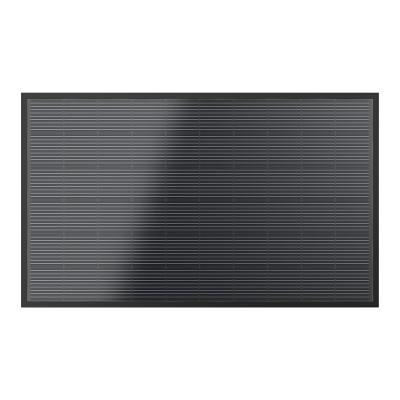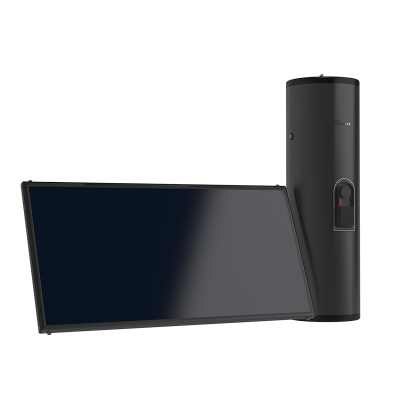Is Investing in PVT Systems Worth It for Commercial Buildings?
Is Investing in PVT Systems Worth It for Commercial Buildings?
Looking to cut your building's energy bill while boosting sustainability? Here's why PVT systems are a smart investment.
As someone who works closely with commercial energy systems, I’ve seen how rising electricity costs, carbon regulations, and green building standards are changing how companies invest in energy. Photovoltaic Thermal (PVT) systems — which produce both electricity and heat — are quickly becoming a go-to solution for commercial buildings looking for better energy ROI.
PVT systems offer dual energy output (electricity + heat), higher overall efficiency, and faster payback compared to traditional PV. They’re ideal for commercial buildings that consume both types of energy — like hotels, offices, factories, and schools.
What makes PVT systems more profitable than traditional solar panels?
Traditional PV panels only convert sunlight into electricity — typically at 15–22% efficiency. The rest of the energy (mostly heat) is lost. In contrast, a PVT system captures that heat and turns it into usable energy like hot water, space heating, or industrial process heat.
This results in:
Total efficiency of up to 70%
Lower dependence on fossil-fuel-based heating systems
More usable energy = more savings.
Where does the investment pay off fastest?
Commercial buildings that use significant amounts of both electricity and heat stand to gain the most from PVT systems. Ideal applications include:
Hotels (electricity for lighting, heat for hot water and rooms)
Factories (machinery and industrial heat processes)
Hospitals (24/7 electric loads, heating, and sterilization)
Swimming facilities (pool heating + building operations)
Office buildings (HVAC + power demand)
By replacing separate systems for electricity and heat with one integrated setup, operational costs go down — and so does complexity.
What about return on investment (ROI)?
Yes, PVT systems cost more upfront — usually 10–25% more than PV alone — but they generate more total energy. That means:
Shorter payback time: typically 4–7 years
Lower utility bills from day one
Protection against energy price inflation
Increased property value and certification potential (LEED, BREEAM, etc.)
For example, a factory using both 3,000 kWh/month in electricity and 1,000 kWh/month in thermal energy could save up to 30–40% in total energy costs annually with a properly sized PVT system.
[View a commercial PVT case study →]
Are there incentives or subsidies available?
Many countries and regions now classify PVT as an advanced renewable technology, which qualifies it for:
Tax deductions or rebates for commercial installations
Feed-in tariffs (in places where you can sell electricity to the grid)
Low-interest loans or green bonds for energy upgrades
Government grants for dual-output solar systems
Example: In the EU, some green building programs offer up to 30–40% cost reimbursement for PVT systems. In China, pilot programs combine PVT with heat pumps for commercial zones.
How do PVT systems reduce operating risks?
Unlike systems that rely on just electricity or gas, PVT systems offer:
Energy diversification — one source, two outputs
Greater resilience — less affected by gas price spikes or electricity outages
Stable long-term energy planning — no volatility
This stability is especially important for industries that require continuous uptime, such as food processing, healthcare, and IT facilities.
Can PVT systems be customized?
Yes. Modern PVT systems are modular and flexible, allowing integration with:
Thermal storage tanks for off-peak use
Heat pumps for enhanced heating
Smart building systems for dynamic control
They also fit into the broader framework of hybrid solar energy systems, especially those combining solar panel cooling technology with intelligent energy distribution. This future-proofs your energy system.
What’s the long-term trend for PVT in commercial buildings?
Global demand is growing fast:
Germany is adding PVT into public infrastructure projects.
The Netherlands offers solar roof integration grants with PVT eligibility.
China is investing in PVT + heat pump zones in eastern provinces.
As regulations demand net-zero buildings, PVT is becoming an essential part of energy planning.
Conclusion: Is PVT a smart investment for your building?
Absolutely. If your commercial building consumes both electricity and heat — which most do — a PVT system delivers:
Higher energy output from limited space
Reduced monthly energy costs
Faster ROI with subsidies and dual-use efficiency
Stronger green credentials for branding, compliance, and resale




